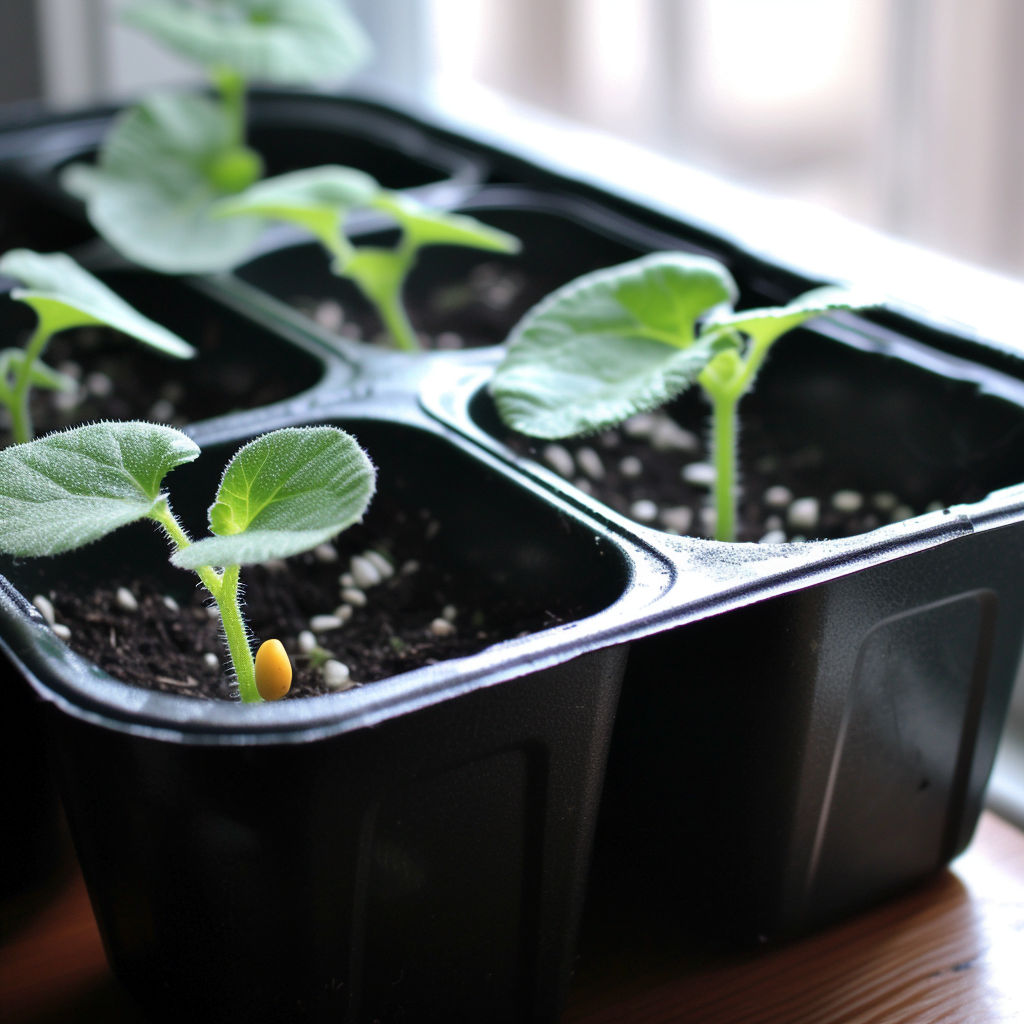So, you’ve decided to whip up a delicious meal using some fresh zucchini, only to be faced with the perplexing issue of sliminess. Trust me, you’re not alone in wondering, “Why is my zucchini slimy?” It’s a common concern that can leave even the most seasoned home cooks scratching their heads. In this article, we’ll uncover the reasons behind this culinary conundrum and provide you with some helpful tips to ensure you never encounter slimy zucchini again.
Why is my zucchini slimy?
Understanding zucchini texture
Zucchini is a versatile and widely consumed vegetable known for its mild flavor and tender texture. However, occasionally, you may encounter slimy zucchini, which can be off-putting and raise concerns about its safety or quality. Understanding the factors that contribute to sliminess will help you prevent it and enjoy zucchini at its best.
Factors causing slimy zucchini
Sliminess in zucchini can be attributed to various factors. One common reason is an excess of moisture. Zucchini has a high water content, which, when combined with certain conditions, can lead to the development of slime. Another factor is the breakdown of the zucchini’s cell structure, which releases a gel-like substance responsible for the slimy texture. Understanding these factors will allow you to identify the underlying causes and take steps to address them.
Tips for preventing sliminess
To prevent your zucchini from becoming slimy, here are some helpful tips:
Properly select zucchini: Choose zucchini that has a firm texture, smooth skin, and vibrant color. Avoid any zucchini that feels soft or has brown spots, as these may indicate spoilage.
Store zucchini correctly: Zucchini should be stored in a cool, dry place for up to a week. Avoid storing it in a plastic bag or container, as this can trap moisture and contribute to sliminess.
Handle with care: Rough handling can damage the cell structure of zucchini, leading to increased slime production. When storing or preparing zucchini, be gentle and avoid excessive squeezing or pressure.
Cook zucchini properly: The cooking method plays a significant role in the texture of zucchini. Overcooking can cause it to become slimy, so aim for cooking times that preserve a pleasant crunch and avoid mushiness.

Cooking methods affecting zucchini texture
Different cooking methods can produce varied results when it comes to zucchini texture. Here are a few examples:
Steaming: Steaming zucchini is a gentle cooking method that helps retain its natural texture and prevent sliminess. The short cooking time allows it to maintain a crisp bite, making it ideal for salads or side dishes.
Stir-frying: Stir-frying zucchini quickly over high heat can help maintain its firmness and prevent excess moisture accumulation. It’s important to cook it until it is just tender, preventing it from becoming overly soft or slimy.
Grilling: Grilling zucchini adds a smoky flavor while preserving its crunch. The high heat helps remove excess moisture, avoiding sliminess and yielding a deliciously charred exterior.

Overcooking zucchini
Overcooking zucchini is one of the primary causes of sliminess. When zucchini is cooked for too long, its cell walls break down, releasing more moisture and causing the vegetable to become mushy and slimy. To prevent this, it’s crucial to monitor the cooking time carefully and remove the zucchini from heat once it reaches the desired level of tenderness.
Improper storage techniques
Improper storage techniques can also contribute to sliminess in zucchini. Storing zucchini in a sealed plastic bag or container can create a humid environment, leading to excess moisture accumulation and a higher likelihood of sliminess. Instead, store zucchini in a cool, dry place where air can circulate, such as a vegetable drawer in the refrigerator or a pantry.
Effects of aging on zucchini
Like any other fresh produce, zucchini is subject to the effects of aging. As zucchini ages, its texture can deteriorate, potentially leading to sliminess. Older zucchinis may have softer flesh and a higher water content, making them more prone to developing slime. Therefore, it’s advisable to consume zucchini within a week of purchase to ensure optimal texture and flavor.
Varietal characteristics
The characteristics of different zucchini varieties can influence their texture, including their tendency towards sliminess. Some zucchinis naturally have a higher water content, which increases the risk of sliminess. By selecting zucchini varieties that are known for their firmness and lower water content, such as “crookneck” or “pattypan” squash, you can minimize the chances of encountering sliminess.

Allergies or sensitivities
While rare, it’s important to note that some individuals may have allergies or sensitivities to zucchini. Reactions can vary from mild itching or gastrointestinal discomfort to more severe symptoms like difficulty breathing or anaphylaxis. If you experience any adverse reactions after consuming zucchini, it’s best to consult with a medical professional to determine the cause and potential allergens.
Potential health risks
Sliminess in zucchini does not necessarily indicate a health risk. However, if zucchini develops an unpleasant odor, appears moldy, or has a slimy texture accompanied by a sour or rotten taste, it is recommended to discard it. These signs may indicate spoilage or the presence of harmful bacteria.
In conclusion, while slimy zucchini can be unappetizing, it is usually a result of excess moisture, improper storage, overcooking, or natural variations in zucchini varieties. By applying the tips and techniques mentioned above, you can prevent sliminess and enjoy zucchini in its delightful, tender form. Remember to handle and cook your zucchini with care, and always trust your senses to ensure the freshness and safety of this versatile vegetable.



